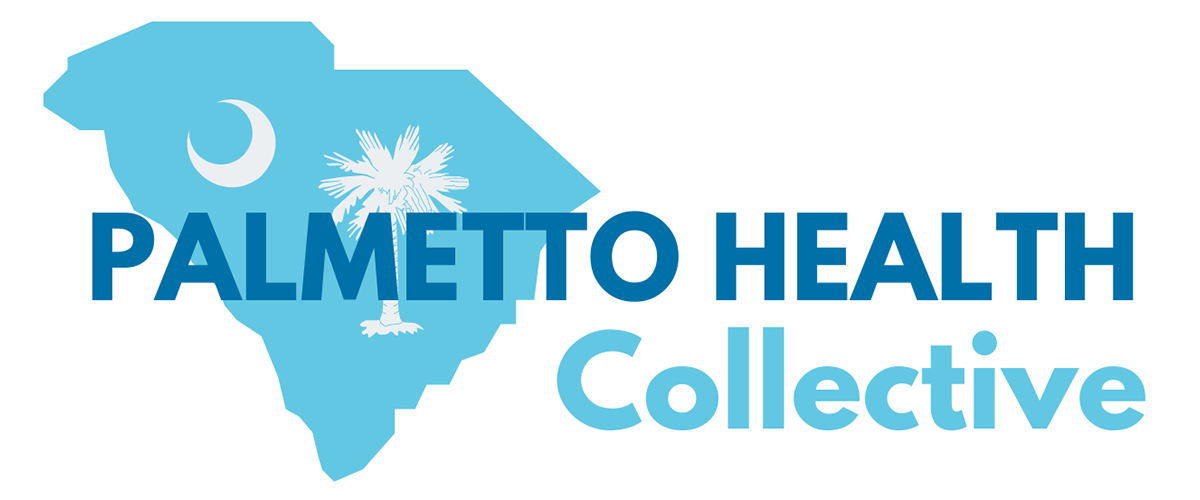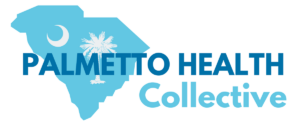Access to equitable, quality healthcare is a familiar and longstanding struggle for many U.S. families – especially amongst underserved communities and those living with rare and chronic health conditions.
Independent charitable patient assistance organizations were established to support underserved populations by helping with the cost of prescription copayments. And over the last several decades, these organizations have provided billions of dollars in financial assistance to qualified individuals, collectively supporting access to needed healthcare services and treatment for hundreds of thousands of people.
However, since the introduction of patient assistance organizations and programs, the healthcare landscape has changed and access to care has become more challenging. Treatments are expensive, and access to such therapies is compounded by the rising cost of daily living expenses. This leaves room for widening the health equity gap. By examining the state of households today and inequities in access and affordability, we can better understand how to address financial challenges and improve outcomes, beginning at the local level.
While major changes in healthcare policy have been and are still being implemented, there are systemic issues that have yet to be solved. As healthcare needs change, patient assistance organizations, patient advocacy groups and others are shifting their offerings to address these ever-changing circumstances. By providing support beyond prescription copayments, patient assistance programs administered by all entities can improve access to care for individuals, which subsequently improves patient outcomes.
Inequalities in Healthcare Access and Affordability
From 2000 to 2021, healthcare expenditures in the U.S. have tripled from $1.4 trillion to $4.3 trillion. During roughly the same timeframe, the number of people who report putting off treatment due to cost increased nearly 20 percentage points (19% in 2001 to 38% in 2022).
Lower-income individuals and families are more likely to delay care due to cost because they are less likely to have health insurance and often cannot afford out-of-pocket expenses. Even moderate-income families on high-deductible or more restrictive health insurance plans are facing difficulty with affording medications and other necessary healthcare interventions.
Americans have an astonishing $220 billion in medical debt with about 3 million people owing more than $10,000 each. Unfortunately, those with rare and chronic health conditions are likely to see an increase in debt over time as they attempt to afford much needed care. The impact amongst high-risk populations such as African Americans is greater with 13% reporting medical debt compared to 8% of White and 3% of Asian Americans. Furthermore, one in 10 individuals with a household income below 400% of the federal poverty level (FPL) report having medical debt. A report from the National Opinion Research Center at the University of Chicago revealed that 8 million Americans started crowdfunding campaigns to pay their medical bills. The grueling fact of the matter is that the inequities in healthcare are multifaceted and cannot be solved by addressing one single factor.
By not doing all we can now to help ensure patients can access and afford healthcare, we increase the chance of generating catastrophic medical events that our health system may find difficult to absorb.

